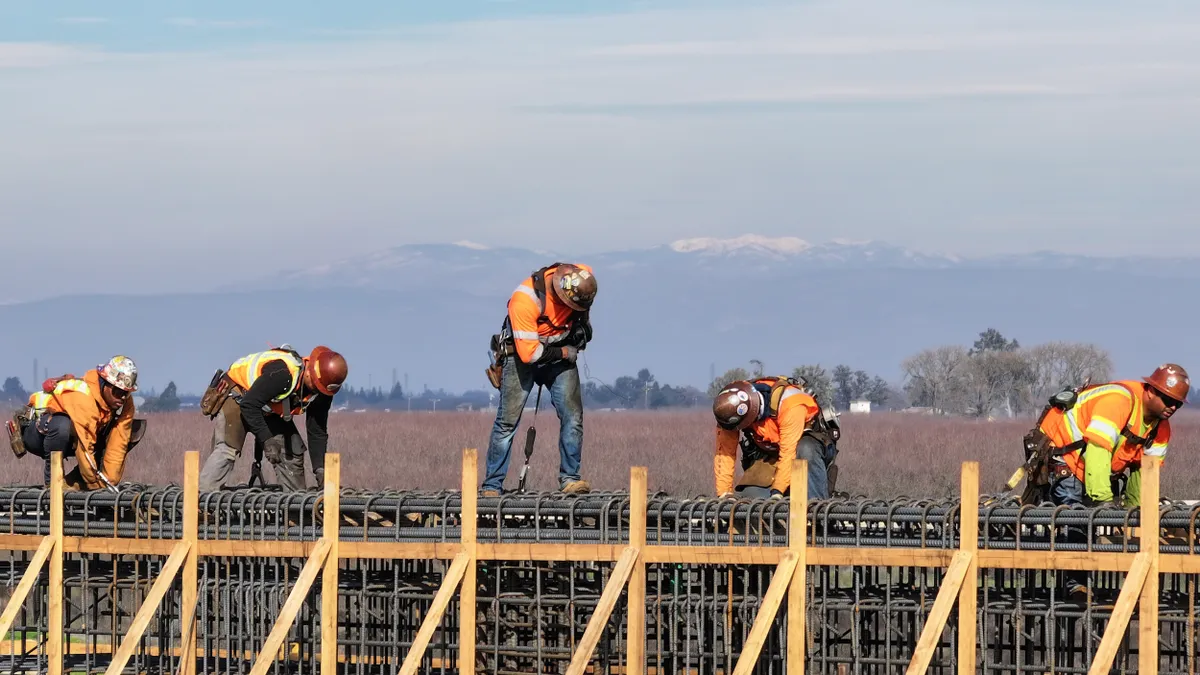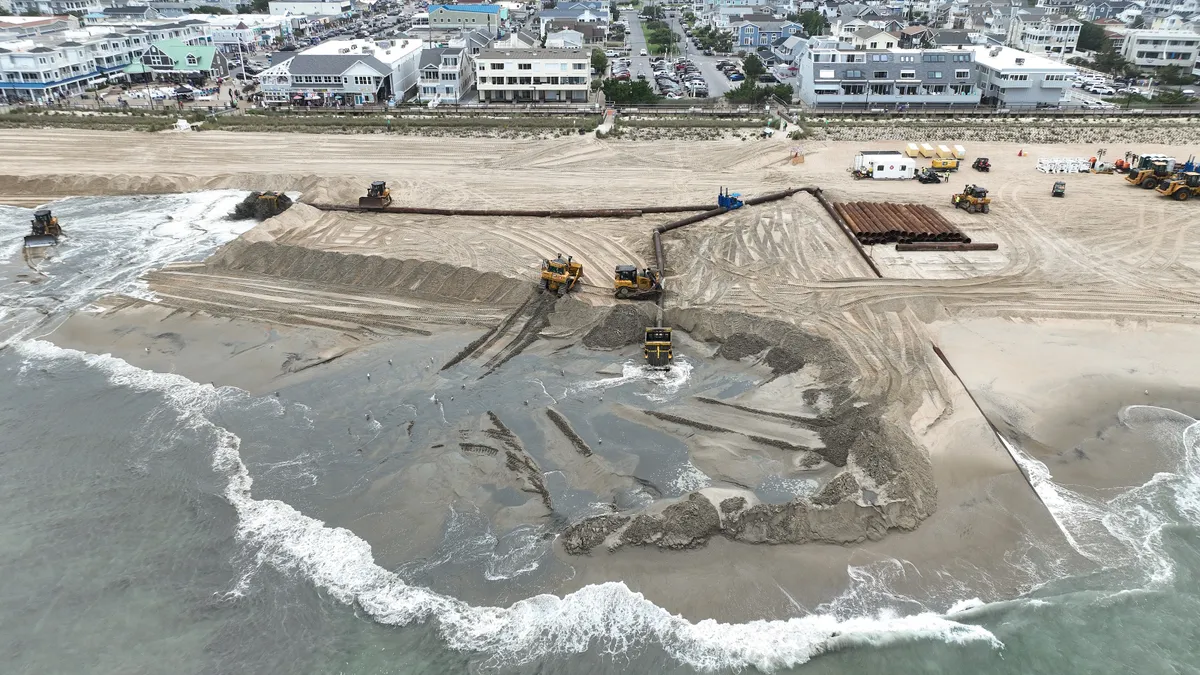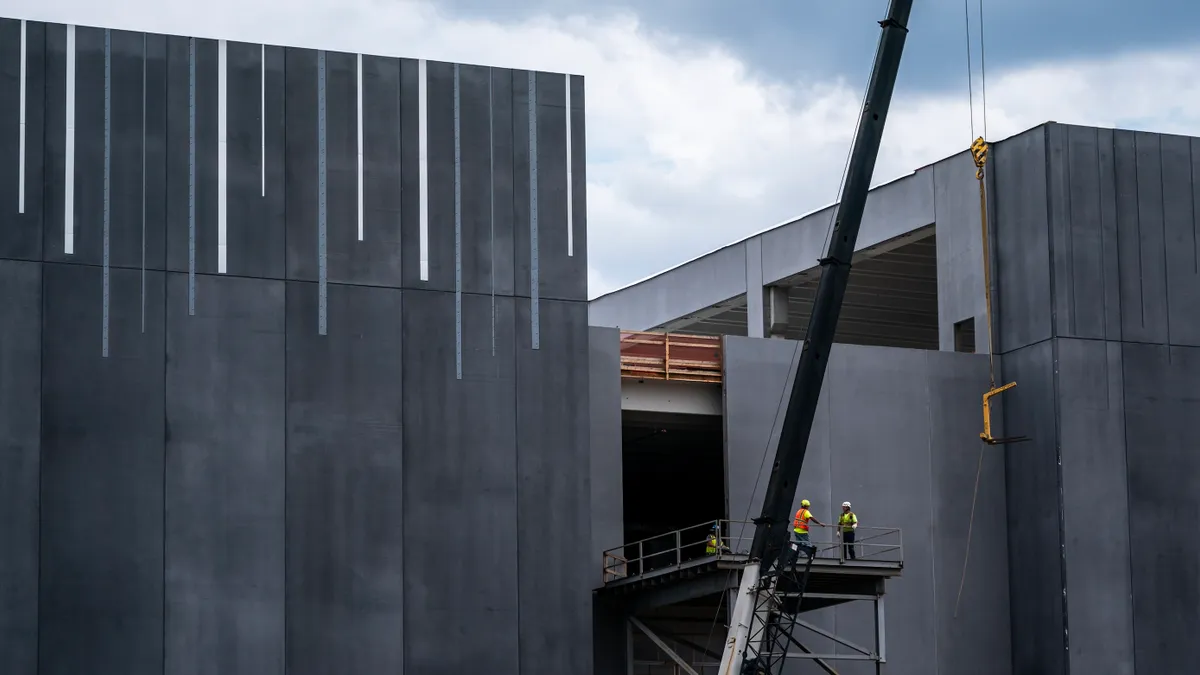This feature is a part of "The Dotted Line" series, which takes an in-depth look at the complex legal landscape of the construction industry. To view the entire series, click here.
The process of preparing and submitting a bid can be exciting, nerve-wracking, tedious, a learning experience or all of the above. Contractors could be vying for the project that will allow them to make their mark on the construction industry or simply enable them to make payroll for the next few months. And it's something almost all contractors, sooner or later, will have to do.
Despite the seemingly basic nature of bidding, the process can be complicated for projects of all sizes. How can contractors ensure they're going through the process as efficiently as possible?
Where contractors can find jobs
But first things first. Exactly where do contractors find jobs to bid? For established construction companies, it is not uncommon for much of their work to be negotiated with long-time customers or with owners who have become familiar with their work via word-of-mouth. The other side of that coin is looking through public notices online at FedBizOpps.gov and in newspapers, which is one of the places where government-funded work is usually advertised for open bid opportunities. Private projects also appear in free online listings or in paid publications, like those available from Dodge Data & Analytics and CMD Building Reports.
"The type of work we do is specialized and not usually found in the open bid market," said Aaron Liles, director of construction at C1S Group, a design and general contracting firm based in Dallas, TX. He said 85% to 90% of the company's work is repeat business that they negotiate directly with the client or a project where a handful of contractors are selected to bid.
Similarly, Bill Weber, principal of Boston-area subcontractor Gaston Electrical, said his company's primary source of new work comes from existing clients. "We are constantly in touch with our customers to make sure we are aware of future projects and consistently offer our preconstruction and budgeting services to increase our chances of being successful on those bids," he said. The company also utilizes a dedicated marketing staff, which Weber said adds to Gaston's customer base.
Partnering up on a joint venture
Some companies, however, choose not to go it alone for larger projects. Forming a joint venture with another construction company can add financial strength, a disadvantaged business enterprise designation or the expertise needed to win a project. While C1S has not yet entered into a contract with a joint venture partner, Liles said, "We've gotten pretty close." C1S views that kind of arrangement as more of a collaboration, and he said when they've considered joint ventures in the past, both companies have set out to determine each partner's strengths and "work accordingly." The relationship hinges on open and honest discussion. "Like a marriage, it's hard work," he said.
From a legal standpoint, there are some things joint venture partners need to take a look at before jumping into a project together, according to Chicago attorney Richard Reizen, partner at Gould & Ratner. First, he said, if the prospective job is government-funded, companies should make sure the partner being considered hasn't been suspended or debarred and that both firms are prequalified to bid with the public entity.
Next, Reizen advised to double check that the company is licensed in the category of work being offered. "It's also common sense to have a really detailed joint venture agreement," he said. Partners should clarify who the managers are and outline a clear allocation of responsibility, according to Reizen. If the project requires a great deal of government reporting, each company will need to have the same capabilities, and the contract should make provisions for necessary exchanges of information.
And if anyone thinks that the pre-award period is too soon to be talking contracts, Reizen said they would be wrong. What some contractors fail to realize is the fact that by bidding on a project, contractors have already agreed to contract terms. "The entire bid package is part of the contract," he said, which is why he urges his construction clients to let him review the bid documents before they submit their formal bids.
Public vs. private clients
Private customers can be a little more flexible if there is an error in the bid, but Reizen said that some governmental agencies are prohibited by law from negotiating a different price after the bid process. However, this is just one of the differences contractors can encounter between bidding public and private work.
"Certainly with private projects, you can (conduct the bid process) any way you want as long as you don't violate discrimination laws," Reizen said. Owners can structure the process however they'd like, including giving preference to contractor qualifications over price or, as with some of C1S's clients, using the bid process to whittle a group of contractors down to finalists with whom they will then negotiate.
On the other hand, "a public bidding process is completely above board and transparent," Reizen said. "The theory is that government contracting is fair if everybody has an equal chance." All of the plans, specifications, contract terms and forms that will be used during the course of the project are usually included in the bid documents, as are detailed instructions for submitting the actual bid. And, of course, the public entity is usually legally bound to take the lowest responsible bid.
The role of subcontractors
The bid process, however, is not just about general contractors. Subcontractors play a huge role in developing successful numbers and even assist in finding ways to cut costs, which sometimes leaves them with a reduced subcontract dollar amount. "Subcontractors are very prevalent in the work we do," Liles said, as C1S only self-performs approximately 10% of the work on its projects.
Because the company tries to use an integrated project delivery system, albeit without the common contract, Liles said that most of the value engineering is done in the design-build phase. If there is some sort of budget reduction along the way, he said C1S will look at its own budget and work with subcontractors to meet the owner's needs. "If a GC wins a lump-sum bid on a competitive basis or if they share in any savings with the owner from project buyout, we would expect them to come back to us looking for a lower price before an award is made," Weber said.
Common missteps during the process
Whatever type of project a contractor finds himself bidding on, there are a few basic rules to keep in mind. Not fully understanding the scope of work, Liles said, is probably the most common contractor mistake, followed closely by not making sure the subcontractors whose bids they use for the final number are qualified and have room in their schedules to actually do the work.
"Just understand what you're getting into," Reizen said. Winning an award that's "too big for" the company, he said, can put a strain on field and office staff and turn the project into a "real nightmare."
Should a contractor ever walk away?
But before the bid goes in, is there ever a time to back up, take a second look at a project and just say, "Thanks, but no thanks?" That would be a hard decision, according to Liles, particularly because he said the company's niche is dealing with a wide variety of clients under different project conditions. "They have a problem, and they need us to solve it. The key is tailoring the needs of clients with ordinary, day-to-day construction procedures," he said.
Certainly inadequate bid documents and a high level of disorganization from the owner would be a reason to reconsider bidding. "We're the ultimate second-guessers" he said, "and it's easy for us to tell a contractor not to do it because it's not money coming into our pocket." His best advice is to try and quantify the situation perceived as a risk and make the best decision. "If you think there are a lot of potential problems, walk away," he said.
The Dotted Line series is brought to you by AIA Contract Documents®, a recognized leader in design and construction contracts. To learn more about their 200+ contracts, and to access free resources, visit their website here. AIA Contract Documents has no influence over Construction Dive's coverage within the articles, and content does not reflect the views or opinions of The American Institute of Architects, AIA Contract Documents or its employees.





















